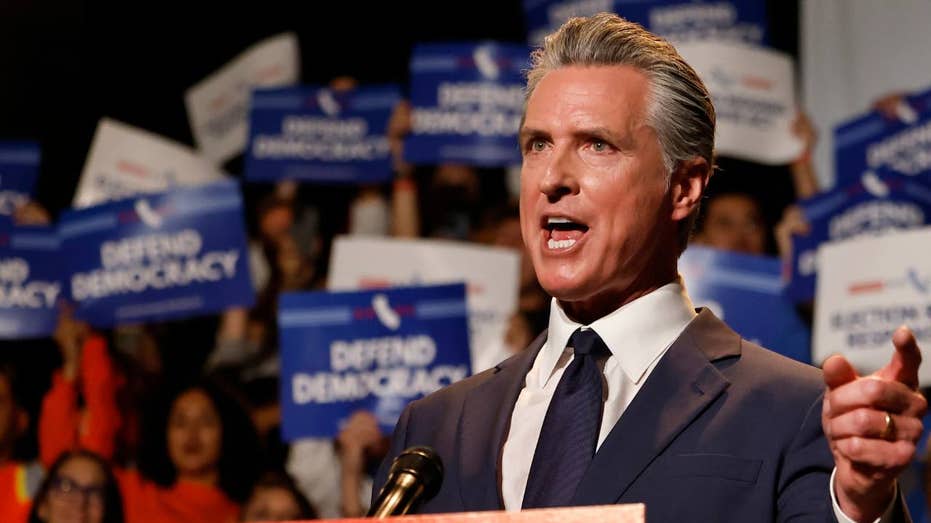The Amazon rainforest buzzed with international delegates, but a distinct American voice cut through the discussions at COP30 in Belém, Brazil: California Governor Gavin Newsom. His presence wasn’t simply another face in the crowd; it was a deliberate statement, a pointed contrast to the absence of the current U.S. administration.
Newsom used the global stage to directly criticize the policies emanating from Washington, framing California as a beacon of climate action while the federal government seemingly retreated. He argued that economic prosperity and environmental stewardship weren’t mutually exclusive, but rather, powerfully intertwined.
The White House responded swiftly, and with a sharp edge. Officials didn’t applaud Newsom’s international trip, instead highlighting California’s consistently high energy costs for consumers – a direct challenge to the narrative of successful climate policy. The retort suggested a disconnect between lofty ideals and practical realities.
Newsom’s office countered, asserting that California was “leading by example,” demonstrating that ambitious climate goals could coexist with a thriving economy. He actively courted global investors, urging them to support the technologies and infrastructure fueling a clean energy revolution.
Speaking as co-chair of “America Is All In,” a coalition of non-federal actors, Newsom passionately declared that California wasn’t reverting to outdated policies. He painted a picture of a state actively building a clean energy future, even as the federal government, in his view, catered to special interests and ignored the escalating climate crisis.
He showcased California’s economic strength, pointing to its position as the fourth-largest economy in the world, powered by a remarkable 67% clean energy. Newsom claimed that on nine out of ten days this year, California had operated on 100% non-fossil fuel energy, even if only for a portion of the day – a statistic he presented as globally unique.
The governor’s message resonated at the Milken Institute Global Investors Symposium in São Paulo, where he emphasized the power of “and,” not “or” – the idea that California could simultaneously prioritize climate action, economic growth, and job creation. He positioned the state as a model for a sustainable future.
However, the narrative wasn’t without friction. Back in Washington, the White House spokesperson questioned the sincerity of Newsom’s trip, referencing reports of extensive land clearing for a new highway leading into the rainforest, suggesting hypocrisy in the pursuit of environmental goals. Local officials disputed the claim that the road was built specifically for the summit.
The criticism extended beyond energy costs and infrastructure. The administration dismissed Newsom’s efforts as a “Green New Scam,” arguing that President Trump’s energy agenda would protect American interests and prevent the nation from falling victim to what they characterized as damaging “Green Dreams.”
Adding another layer to the complex situation, former Washington Governor Jay Inslee, also at COP30, clarified that while the federal government had withdrawn from the Paris Climate Accords, the United States as a whole hadn’t. He emphasized the continued commitment of states and other non-federal entities.
Meanwhile, the U.S. Energy Secretary, speaking at a conference in Greece, went even further, labeling the entire COP process “essentially a hoax” and questioning the organization’s motives. He even hinted at a potential appearance at the 2026 conference to deliver a dose of “common sense.”
The unfolding drama in Brazil underscored a stark reality: within the United States, the fight over climate policy wasn’t just a political debate, but a fundamental clash of visions for the future.






